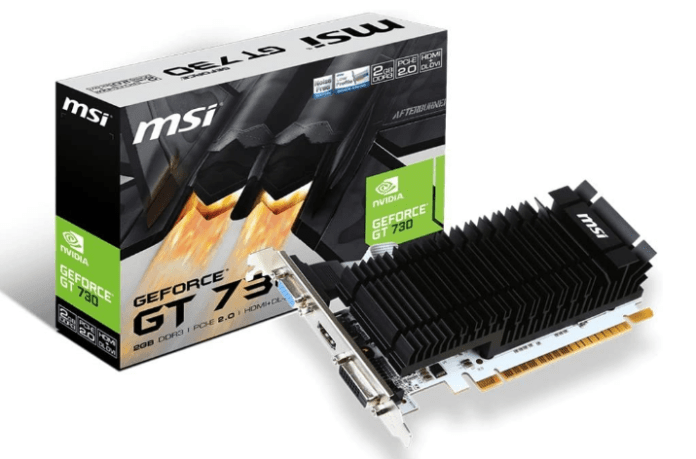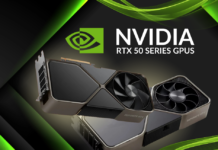GTX 1660 card was first released by Nvidia on March 14, 2019. The suggested launch price (MSRP) is $219. Micro-Star International (MSI), a Taiwanese company partner of Nvidia renowned for its quality products, has also launched its MSI GTX 1660 Gaming X 6G graphics card on the market. Currently, this card is available on the internet for the price of around €300.
Overview of the GTX 1660 graphics card
The card comes with a clean design of a mix of black and metallic gray. It has an RGB LED giving it a modern look. The GTX 1660 has 6 GB of memory . Its GPU reaches the maximum frequency of 1.86 GHz in boost clock. It comes with its PCIe 16x 3.0 interface to be able to integrate it into the Central Unit of your desktop computer. The GTX 1660 measures 24.7 x 12.7 x 4.6 centimeters (L x W x H) for 845 grams. The GTX 1660 card has 4 video outputs: 3 DisplayPort and 1 HDMI.

Efficient cooling with twin frozr 7
On the cooling side, the card has a cooler system with two axial fans. It is a 7th generation twin frozr cooling system that provides cooling of the GPU and memory with an efficiency of more than 22% compared to the traditional blade cooling system. This system consists of Torx 3.0 fans and a radiator with a rather particular design. All this allows for silent cooling. The maximum GPU temperature is 95°C. The cooling system automatically turns off when the GPU temperature does not exceed 60°C.
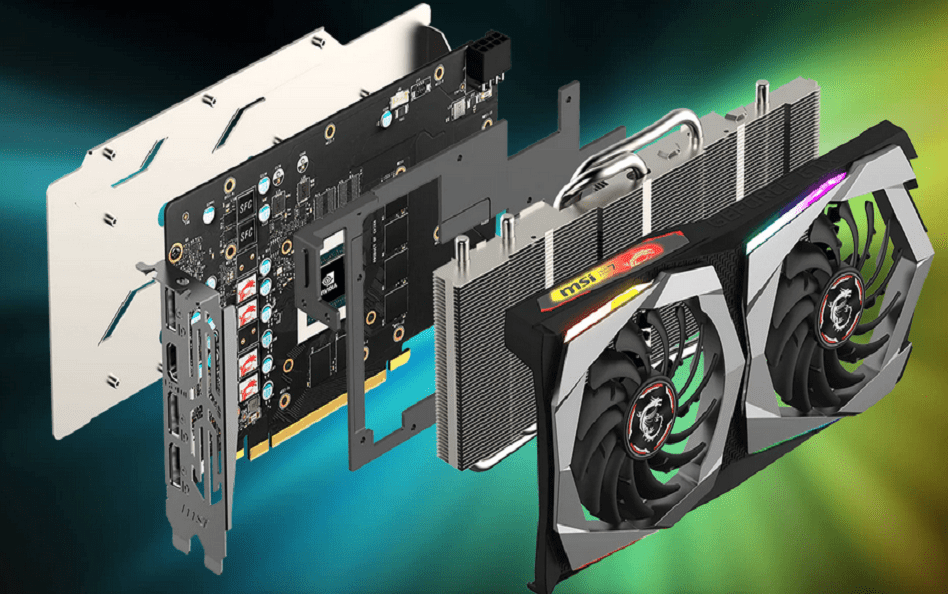
Performance and detailed specifications GTX 1660
The card's GPU was cast with a 12-nanometer . It has 6.6 billion transistors . These transistors integrated into the GPU switch at 1.53 GHz in normal use. The card features a TU116 chip with turing architecture. The GPU features 1408 CUDA cores . The card's 6 GB memory is GDDR5 running at 8 GHz with a 192-bit memory bus . This represents a memory bandwidth of 192.1 GB/s.
This card has a texturing speed of 157.1. In comparison with another higher performing card, the Radeon RX 6900 XT has a texturing speed of 771.2.
This card supports the following APIs: DirectX 12, shader 6.5, OpenGL 4.6, OpenCL 1.2, Vulkan 1.2.131, CUDA 7.5… On the software side, here are the supported features, among others: GeForce broadcasting, NVIDIA GeForce Experience, NVIDIA Ansel, NVIDIA Highlights, NVIDIA G-SYNC.
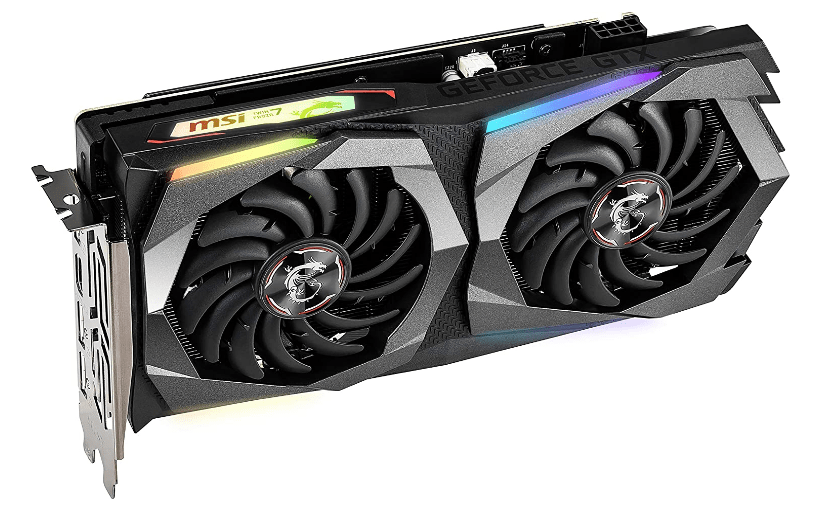
GeForce broadcasting is designed to be able to broadcast your gaming sessions on YouTube, Facebook, mixer, Discord or Twitch. To do this, the OBS (Open Broadcaster Software) software perfectly controls the hardware encoder onboard the GTX 1660 for this purpose. It allows you to benefit from 15% more energy efficiency. Everything is optimized by AI to transform your PC into a real livestream broadcast studio. You can also make video calls with automatic cropping and noise removal effects.
You can broadcast your games with exceptional graphics quality and very fluid rendering. You can share your gaming highlights with video quality encoded directly at the hardware level by the GPU.
With NVIDIA GeForce Experience , you can share your livestreams and gameplay videos with minimal impact on performance. To do this, the NVIDIA GeForce Experience uses NVIDIA ShadowPlay . GeForce Experience lets you automatically manage updating your graphics drivers. You will be alerted when new driver versions are available. Drivers will be updated with just one click, even with a game running.
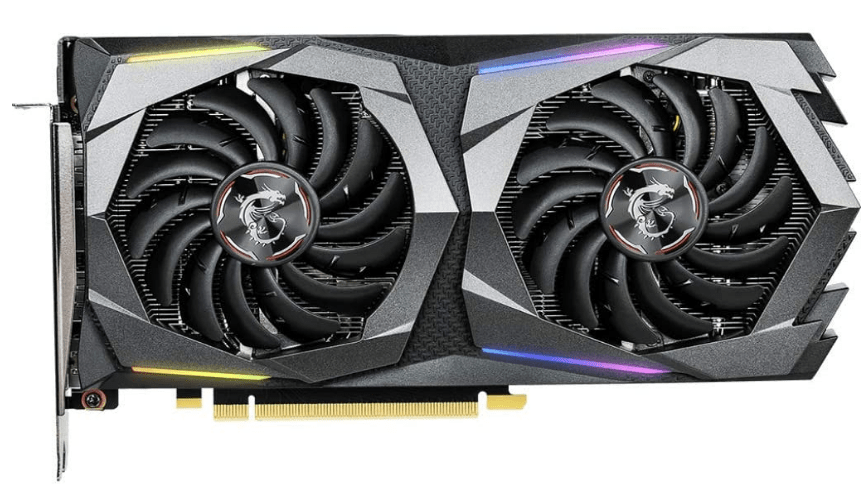
GeForce Experience also allows automatic configuration of the settings of your favorite games taking into account the best configurations identified for users in cloud gaming. GeForce Experience takes into account the GPU, CPU and display screen used.
The NVIDIA Ansel allows you to capture high-resolution photos with 360° vision in HDR/Stereo. You can also apply filters in post-processing with Nvidia Freestyle .
Benchmarking of the GTX 1660 graphics card
On Fortnite, in 720p resolution, the card manages to provide 235 frames per second. At ultra 1080p, the frame rate is around 97.5 FPS. In 4K, the video output displays 15 FPS.
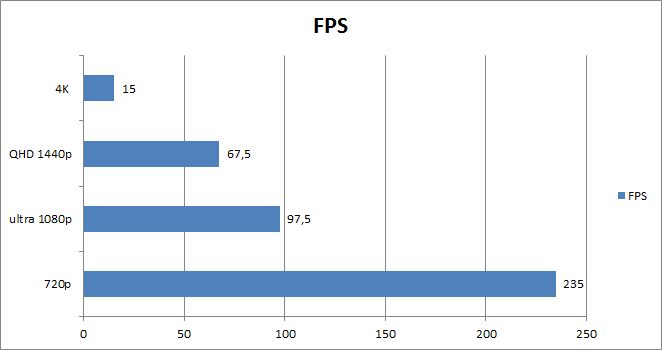
Compared to similar performance cards, the GeForce GTX 980 is -4% behind the GTX 1660 while the GeForce GTX 1660 Ti is +5.55%. The GeForce GTX 1660 Super is +9.68% behind the GeForce GTX 1660.

On G3D Mark, the GTX 1660 card reached a score of 11,551. It is positioned between the Radeon RX 580 (G3D Mark score 8,747) and the GeForce GTX 1070 (G3D Mark score 13,305). The best performing card being the GeForce RTX 2070 SUPER which obtains a G3D Mark score of 18,108 followed by the Radeon RX 5700 XT with a score of 16,721.

Tested on 3DMark, the NVIDIA GeForce GTX 1660 obtains a score of 5450. It is below the NVIDIA GeForce RTX 2060 Max-Q which has a 3DMark score of 5582. The NVIDIA GTX TITAN 5299.
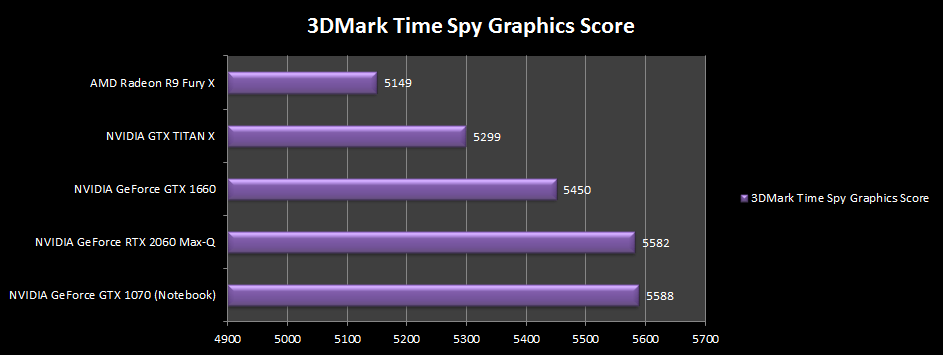
Compared to MSRP prices (Manufacturers' Recommended Prices), the NVIDIA GeForce GTX 1660 is in a very good position. Its closest competitors AMD Radeon R9 380X and NVIDIA GeForce GTX 1060-3GB have 3DMark scores of 3021 and 3829, respectively.
If we compare the GeForce GTX 1660 with the GeForce GTX 1660 Super , the latter is 9.7% more efficient than the GTX 1660. The Nvidia GTX 1660, on the other hand, has the advantage of costing less. The GTX 1660 series consumes less. Indeed, the GeForce GTX 1660 OEM consumes 120 Watts while its sister GTX 1660 Super is at 125 Watts. For the MSI GTX 1660 Gaming X, MSI announces a TDP consumption of 130 Watts. The minimum power of the power supply is therefore 450 Watts.
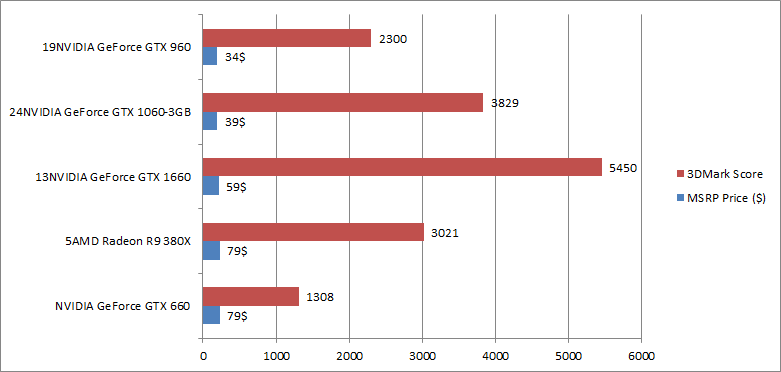
In conclusion, the GeForce GTX 1660 card offers better value for money compared to its competitors in its category. This is a recommended card for gamers wishing to play in Full HD. However, it is not designed for 4K resolution. It does not yet support the famous Ray tracing. The latter is active on Nvidia cards series 2000 and higher. The different software features supported make it possible to optimize the performance of the card. The GeForce GTX 1660 is available online for around €300.

